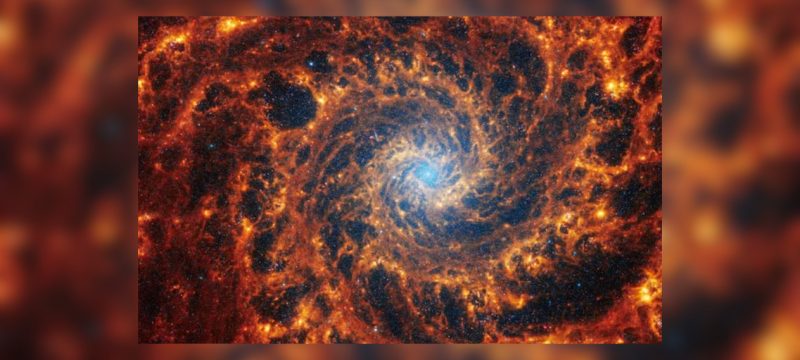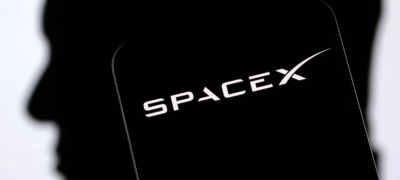Data from NASA’s James Webb Space Telescope has reinforced earlier findings that the universe is expanding faster than expected, a mystery known as the Hubble Tension. The expansion rate appears to exceed predictions by 8%, challenging existing theories about cosmic evolution.
The Webb Telescope, building on Hubble’s observations, rules out earlier doubts about potential instrument errors. “Webb’s two years of data confirm what we’ve struggled to explain for over a decade,” said astrophysicist Adam Riess, a Nobel laureate. He highlighted the vast unknowns surrounding dark matter and dark energy, which constitute 96% of the universe.
Also Read: NASA Unveils Prototype for LISA Telescopes to Detect Gravitational Waves
Astrophysicists speculate that the anomaly might stem from dark energy, dark matter, or even exotic properties of gravity. Measuring cosmic distances using Cepheid stars, both Webb and Hubble data show a higher Hubble constant than the standard cosmological model predicts.
While scientists continue exploring the cause, Riess emphasizes the need for more precise data to understand the discrepancy’s scope and timeline, possibly leading to a revision of the universe’s model.









